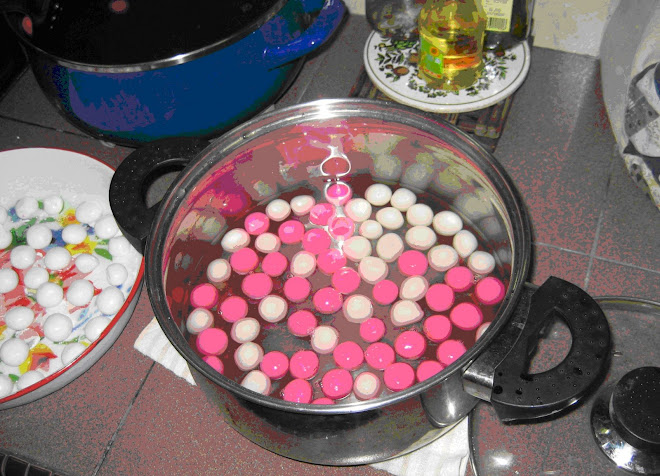One of the great
defects of English books printed in the last century is the want of an index
Lafcadio Hearn
Indexing is perhaps the most neglected, unloved and
undervalued aspect of book publishing. Dare I say it, indexes are so often
dropped because budgets have blown out or the time frame for the print schedule
has gone haywire, and the publisher has decided to leave it out altogether. Or,
they get staff to cobble together a few keywords and hope for the best. These
token indexes don’t serve much purpose or meaning except to infuriate the
reader. For readers researching or undertaking intelligent reading, a good
index underpins, contextualises and provides accurate, quick access to a book. And
an index is essential to a cookbook tome that may have 1000 recipes within it. It’s
not just War-and-Peace cookbooks that demand an index – all cookbooks, no matter
their size should have an index. To all those people who love cookbooks – have
you noticed how many number of bad or inadequate indexes there are?
Just the other day I joined my nearest local library – and
what a thing of joy a library is, I might add! I happened to flick through a
random cookbook and started to look at its index. I am sad to report that
although the publishers thought to update and revise a 2005 published cookbook
in 2009 – nobody, I gather paid any attention to the index. I don’t have the
first edition of the cookbook to compare so I can’t comment on the integrity of
the index but I can comment on the updated edition!
The book I am referring to is ‘Café food at home’ by Rosanna
Thomson published by New Holland. If any of you have this at home or have
access to a library, have a look through the index and you’ll soon learn a
thing or two about how not to index a book.
Check out part of the cookbook mentioned here: cafe food at home
The entry under Juice has this: ‘juice, see beverages’
Check out part of the cookbook mentioned here: cafe food at home
The entry under Juice has this: ‘juice, see beverages’
Turn to ‘beverages’ and there are no entries.
Always check your cross-references to make sure you don’t
direct readers to a non-existent entry.
Indexing recipes listed under ingredients is always useful but not
so in this case. The randomness in this case is not helpful. Yes, there are recipes
under ‘bananas, beef, chicken, chocolate, mushroom, eggs’, etc, which are
great. But what happened to headings under ‘pasta, seafood, fish, soups,
salads, rice or desserts’? Want to make risotto? Forget looking under ‘R’ for
risotto or rice – look instead under ‘S’ for seafood risotto. Look under
‘chicken’ and see if you can find ‘barbecued chicken wraps’. No?
If we want to make a healthy beverage/juice – we have to know
to look up ‘afternoon kick’ or ‘breakfast in a glass’, or go to contents table
and look up the beverages chapter and flick through it to find what you want. And yes, you can go back to the contents page and look up headings and page ranges but that would defeat the purpose of having an index - is it not easier to be directed straight to the source? I
could go on but I’d better stop here, you get picture.

















